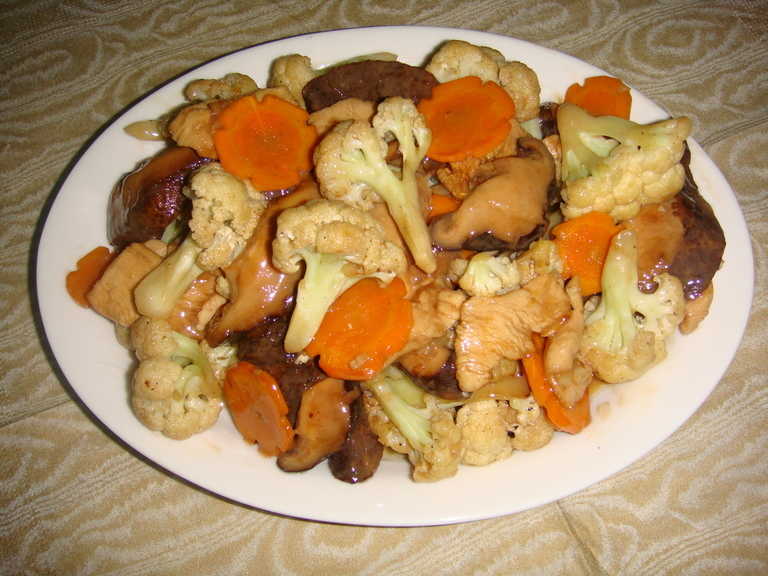The Difference Between Baking Soda and Baking Powder
Every true kitchen needs to have a variety of ingredients for cooking and baking, right? Well, some of these basic ingredients seem very similar, but in fact, are not.
Take baking soda and baking powder for example. Let’s examine the difference between baking soda and baking powder, from what they are to how they are used.
So, What Is Baking Soda?
Baking soda, also known as sodium bicarbonate, is a fine white powder that is naturally alkaline (neutral); this means most recipes with baking soda will also need to have an acid them, such as lemon juice or buttermilk, in order to activate it. Baking soda is used in baked goods like muffins, cupcakes and cookies to create a light and fluffy rise. Often, self-rising flour will have baking soda in it, so there is no need to add additional baking soda unless the recipe specifically calls for it.
PRO TIP: If you don’t have self-rising flour for a recipe, add 1 ½ tsp of baking soda and ¼ tsp salt to one cup of regular flour. However, be sure to check the expiration date of your baking soda before using it in a baking recipe, to ensure the recipe will rise.
Another popular use for baking soda is in the refrigerator as a deodorizer. An opened box will absorb odors and moisture, keeping the interior of the fridge dry and smelling fresh. However, don’t use this box for baking purposes.
Baking soda is also mildly abrasive and is often used for cleaning pots and pans; this is an especially good way to use expired baking soda that can’t be used for baking anymore.
How to Store Baking Soda
Baking soda has a long shelf life, upwards of two years, which explains why many people forget to replace it and discover it has expired when they need it for a recipe. Unopened baking soda will last until the expiration date on the bottom of the box — about two to three years. Store baking soda in a cool, dry place, most likely the same cupboard used to store spices, seasoning and other baking ingredients.
Once opened, baking soda should be poured into a zippered bag with the expiration date written on it. Before using for baking, smell it to see if it has any "off" odors, and if it does, replace it. Leaving an open box of baking soda in the cupboard will expose it to moisture and odors that will degrade the quality of the product.
So, What Is Baking Powder?
Baking powder looks similar to baking soda, but it doesn’t need an acid to activate it like baking soda does. Baking powder is a complete leavening agent and contains both the base of baking soda and the acid needed for baked goods to rise and expand. Sometimes corn starch is also found in baking powder because it creates a buffer between the acid and the base, to keep it from activating while it’s still in the container.
Like baking soda, baking powder is also activated by a liquid, but it doesn’t need to be acidic since the acidity is already added to the powder. So, when a recipe calls for baking powder, it is almost always referring to the double-acting kind (with both the leavening agent and the acid in it). Double acting means that it is activated first when it’s combined with a liquid during the mixing stage of the recipe and second when it is exposed to heat during the baking process.
How to Store Baking Powder
Since it is usually packaged in its own airtight container, baking powder can be kept simply with the spices, seasoning and other baking ingredients in a cool, dry cupboard; just make sure the lid is shut tightly. Or, you can also store it in a zippered bag with the date on it.
Regardless of the difference between baking soda and baking powder, it is not recommended to freeze either, since it can cause clumping and poorly affect the outcome of the recipe.
How Can You Tell if It's Fresh?
Nothing ruins a fun day creating in the kitchen more than ingredients that are expired and ineffective! So, here are two ways to tell if your baking soda and baking powder are fresh and ready to use!
Test Your Baking Soda for Freshness
Here is a simple method for testing your baking soda for freshness: pour a couple of tablespoons of white vinegar into a small bowl and add ½ teaspoon of baking soda. Fresh baking soda will bubble up quickly. If it doesn’t, buy a new box and save the "flat" baking soda for another use, like the ones mentioned above.
Test Your Baking Powder for Freshness
Here is an easy way to tell if your baking powder is still fresh or if it’s close to the expiration date: simply place ½ teaspoon of baking powder in a cup and add 1/3 cup of hot water. Fresh baking powder will bubble up instantly. If it doesn’t bubble up at all, it’s time for a new container.
Substitutions for Baking Soda
If you are fresh out of baking soda (or it has expired), baking powder will do in a pinch. Just triple the amount the recipe calls for baking soda. Be aware that the end result may have a saltier flavor, so it might be a good idea to decrease the salt that the recipe calls for.
Substitutions for Baking Powder
There are many quick substitutions for baking powder, but the most popular one is cream of tartar. To make a substitute for one teaspoon of baking powder, mix together ¼ teaspoon of baking soda with ½ teaspoon of cream of tartar.
Knowing the difference between baking soda and baking powder will give you the confidence to know when and where to use both in all your baking recipes!

